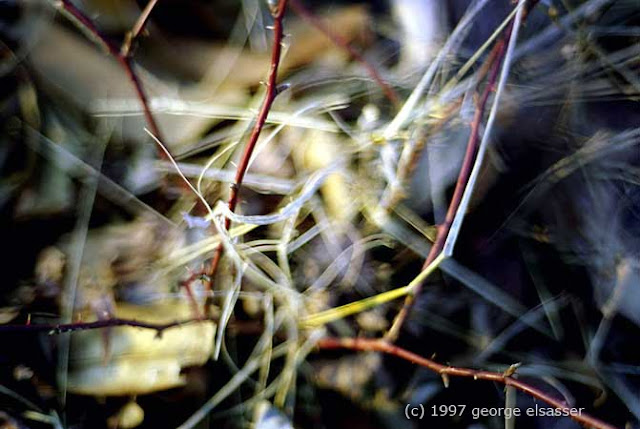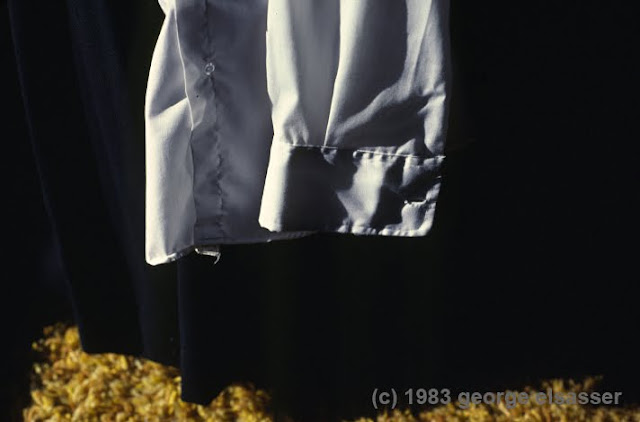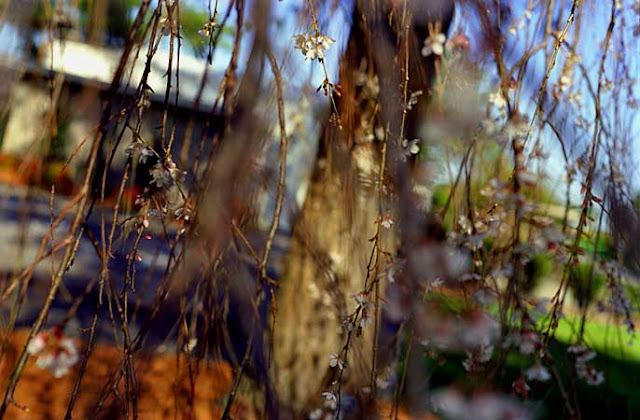George
Elsasser holds a BA in Art, had early recognition from Robert
Heinecken, Emmet
Gowin, and George
Krause as juror's in shows at venues such
as the Chrysler Museum of Art and NYU. His work received six solo and
has been included in eleven group shows. In 1997 he received a
20-Year Retrospective at the Hermitage Foundation Museum.
to be moved:
Thanks for visiting. My primary or longest running body of work has been smallish urban landscapes emphasizing abstract qualities of light and form. These images from 1977 to about 1984 were primarily b&w. Around 1983 I was feeling a strong need to add more emotion to my work and began to work in color. It was very challenging to use the colors found in the world to convey my messages. It was a massive transition having to now create images with all the additional information color brought to the images. The images still held a similar mystical quality as the b&w images, but now spoke with a stronger and more multi-textured voice. This work continues to this day.
From1994 till about 2001 there was a major shift in my work as I became very interested in exploring the aberrations and distortions inherent in the photographic lens (as asset rather than a thing to avoid) as they broke down areas of focus. To my way of thinking these were certainly part of the photographic language, even if they were a less modulated voice they were still certainly part of what elements came together to create the standard photographic language we are accustomed to. One might think of them as simply voice, tones, or the sounds of a source but not yet words. I wanted to see if I could use the previously unanimously considered negative aspects of a lens's personality as the most dominant voice (or across the entire surface) of an image.
I wanted to see what kind of images I might wrestle out of working in this manor. My intent was to create an all over composition of flowing lines filled with light and color. The natural landscape was where I worked. The pictures were certainly not “nature photographs” but maybe images that spoke of the energy behind nature. At this time I spent a great deal of time both drawing and painting in an effort to loosen my photographic vision.











